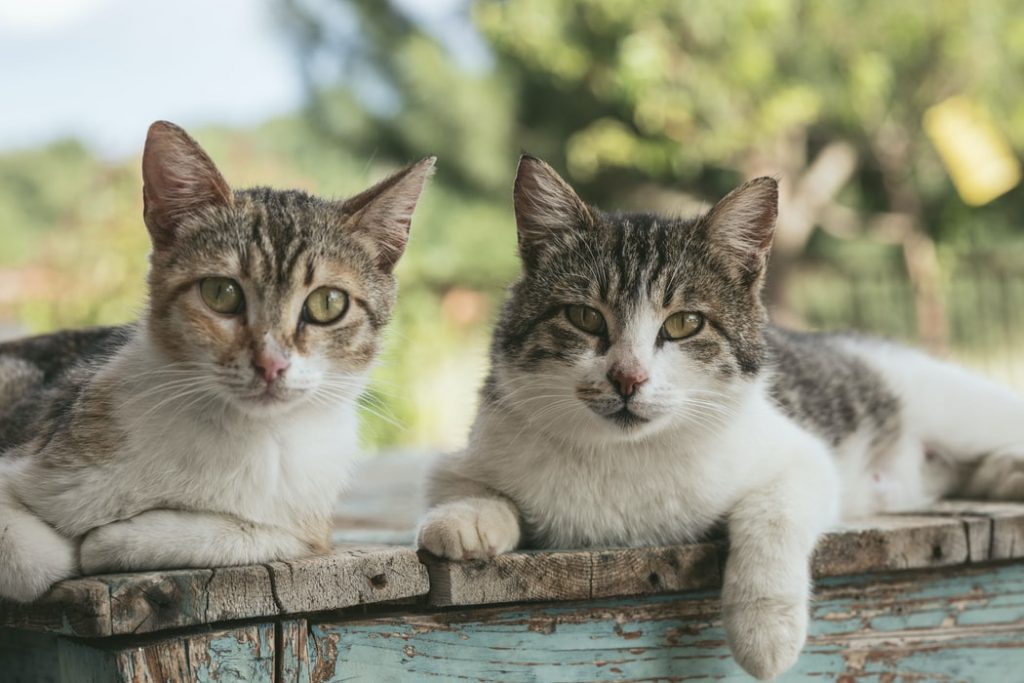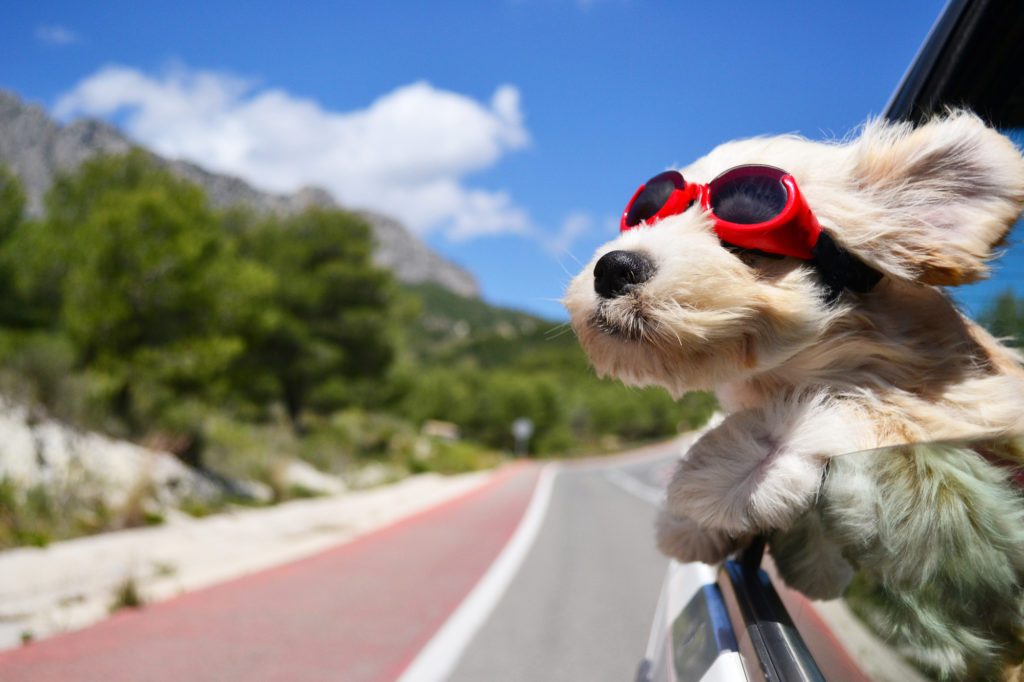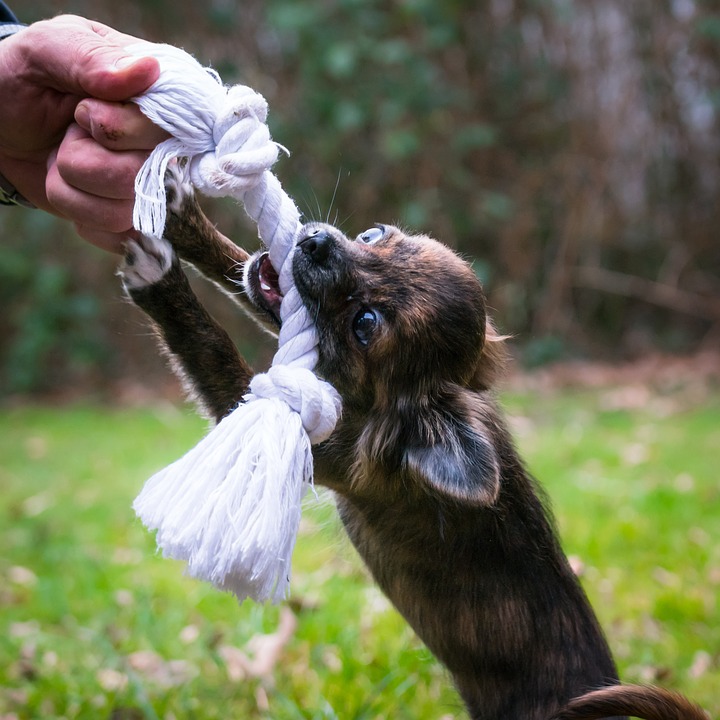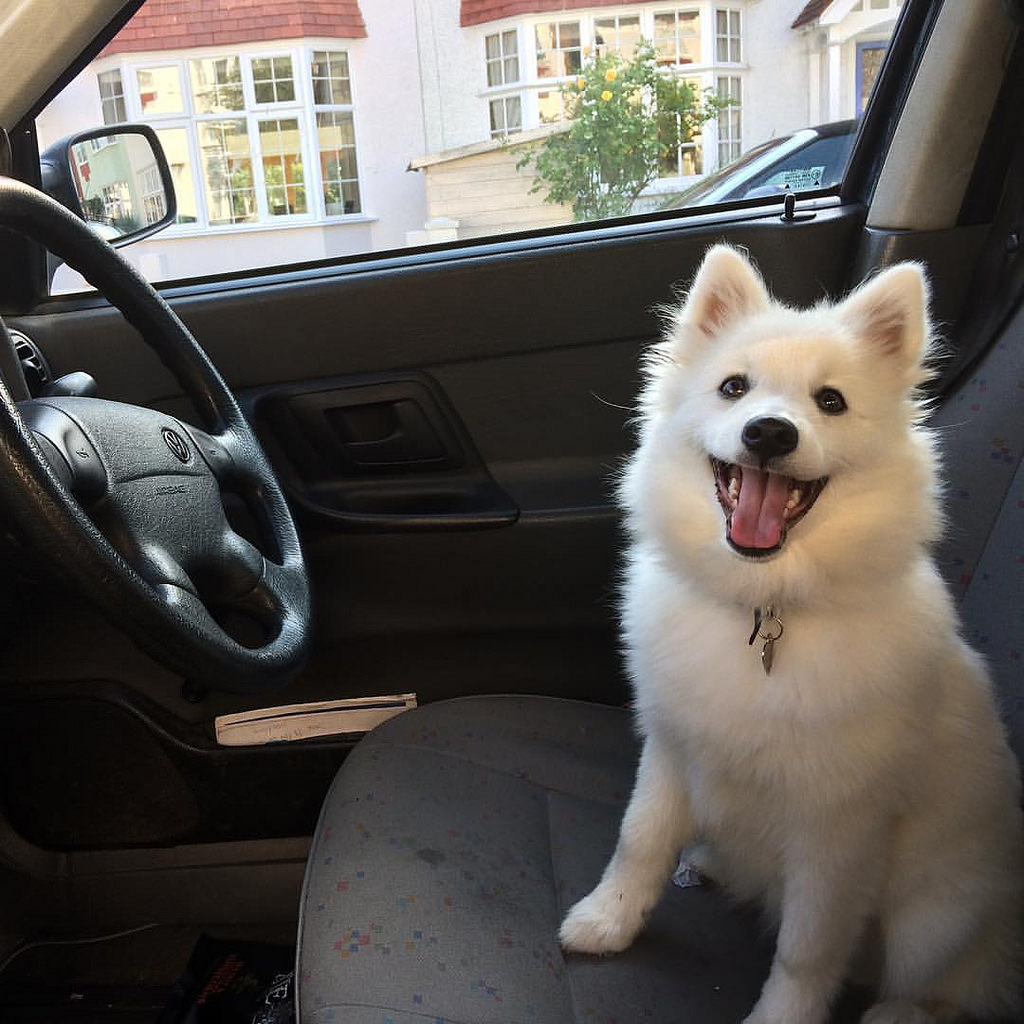
Most cats develop strong bonds with their environment so house moves can stress them out. If cats could choose, they would prefer to stay put at where they are comfortably settled in. Making the transition as stress-free as possible for your pet cat can have immense benefits, including reducing the risk of anxiety-based house soiling, excessive meowing and crying, hiding, escape attempts and aggression.
While a move is a big change for your feline companion, it is possible to reduce the stress your pet feels. This is a list of things you can do for your cat before the long drive and throughout the move.
Get your cat to get used to traveling in the car – The easiest way to do this is to start going on drives — begin with short trips around the neighbourhood then go a little longer leading up to the move. Ensure that your cat is riding how he will be during the move: either in a harness, carrier or crate.
Introducing the carrier – To get your beloved cat familiar with his carrier, put it somewhere he likes to hang out and open the door. Place a few treats inside to lure him in. After he has ventured into the cage several times for treats, start feeding him in there, slowly moving the food bowl from the door entrance to deeper inside.
On moving day – ensure that your cat is safe and placed in an empty room that will not be disturbed. If this precaution is not taken, your cat would be in danger by getting into open boxes or in the way of movers. It also prevents them from hiding and not being located when the time has come for them to be moved. Also, place their toys, food, water, and bedding in their temporary room for comfort.
At the new home – Upon arrival, confine your feline to just one room until unpacking is completed and the movers have left. Place a sign on the door to ensure that no one lets him escape. Put his bedding, litter tray, food and water in with him to give him some familiarity.
If you are moving interstate and overseas, it’s important to check quarantine regulations long before the trip is planned. The cat may need to spend some time in quarantine or proof of vaccinations may be required.
Cat Transport Services
If you cannot transport your beloved cat to or from a location yourself, this is where cat transportation services can offer their services. However, finding the best cat transport service is not always easy, with a lot of time needing to be spent researching services and requesting quotes individually.
You can book a Shiply cat transportation service and quotes will be sent to you via email. It’s hassle-free and no phone calls are required. All it takes is to fill out a simple online form and the quotes will be emailed to you. There are numerous cat transportation services on Shiply’s platform who are ready to bid on your job, often at up to 75% less than typical rates.
May these tips help your move go smoothly and safely for both you and your beloved pet cat.





